What does IoT mean? – An Introduction to the internet of things
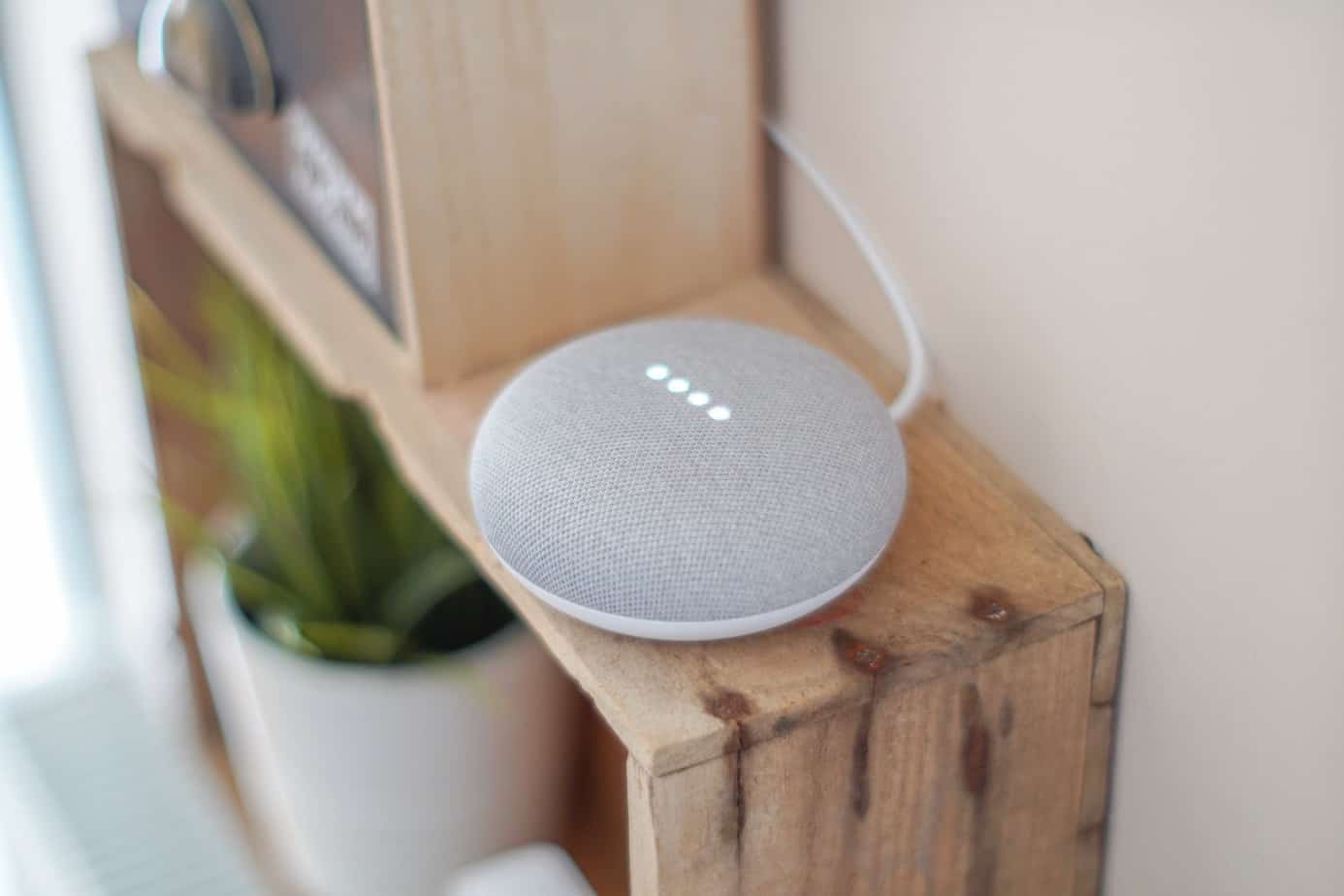
Table of Contents
Back in the late 2000s, around 2008 to be a little more specific, the number of connected things or devices connected to the internet began to outweigh the number of people using the net. Let’s break that down a little bit, according to Pingdom there was a total of 1,463,632,361 active internet users worldwide all told in 2008. That’s 2.5 million more than people living in developed parts of the world, with the total world population at the time standing at 6.7 billion. Around 1/5th of the world’s population was online back then, of which could all have at least one IoT device. But what does IoT mean?
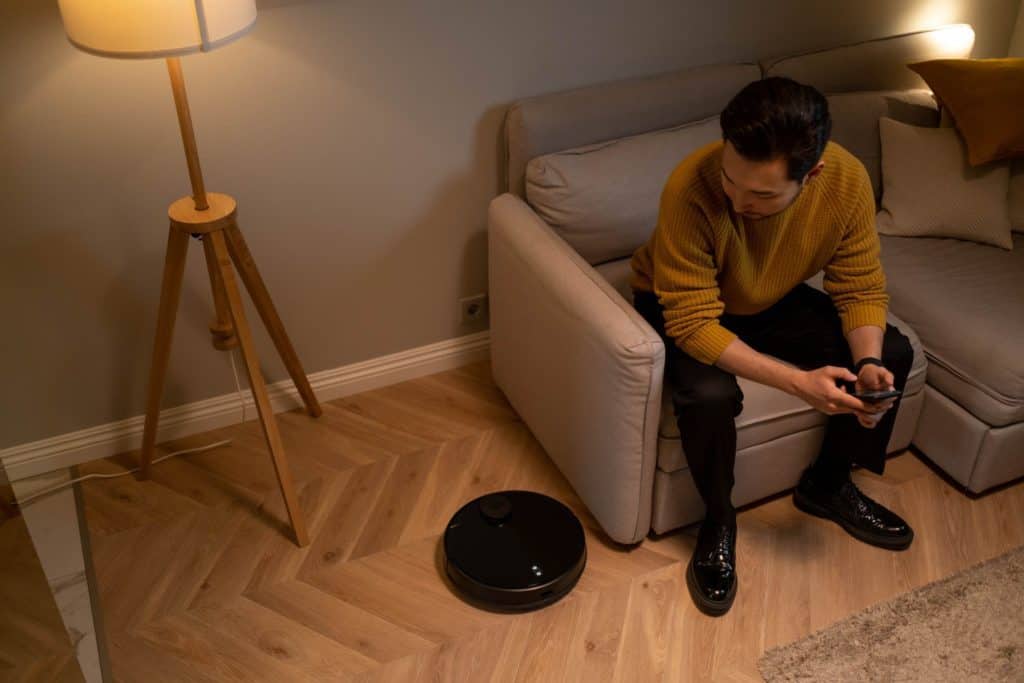
What Does IoT mean?
IoT stands for ‘Internet of Things’, which means connected items transferring data and communicating with each other. Electronics talking to each other over various forms of communication is nothing new, but we’re not talking about smartphones and PCs here.
Prime Day may have closed its doors, but that hasn't stopped great deals from landing on the web's biggest online retailer. Here are all the best last chance savings from this year's Prime event.
- Sapphire 11348-03-20G Pulse AMD Radeon™ RX 9070 XT Was $779 Now $719
- AMD Ryzen 7 7800X3D 8-Core, 16-Thread Desktop Processor Was $449 Now $341
- Skytech King 95 Gaming PC Desktop, Ryzen 7 9800X3D 4.7 GHz Was $2,899 Now $2,599
- LG 77-Inch Class OLED evo AI 4K C5 Series Smart TV Was $3,696 Now $2,996
- AOC Laptop Computer 16GB RAM 512GB SSD Was $360.99 Now $306.84
- Lexar 2TB NM1090 w/HeatSink SSD PCIe Gen5x4 NVMe M.2 Was $281.97 Now $214.98
- Apple Watch Series 10 GPS + Cellular 42mm case Smartwatch Was $499.99 Now $379.99
- AMD Ryzen 9 5950X 16-core, 32-thread unlocked desktop processor Was $3199.99 Now $279.99
- Garmin vívoactive 5, Health and Fitness GPS Smartwatch Was $299.99 Now $190
*Prices and savings subject to change. Click through to get the current prices.
What does IoT mean? It means standard ‘dumb’ items, such as Fridge/Freezers, Watches, Engines, and much more being fitted with the relevant sensors and chips to enable internet connectivity and data capture. IoT has countless applications and benefits across various markets, let’s break those implementations down a tad:
- Consumer IoT – That’s you and me. Smart speakers such as Google Nest, Hive thermostats, Smart bulbs and the like all count as Consumer IoT
- Commercial IoT – This covers anything that’s in our daily life outside of our homes such as QR Code scanners at train stations or connected lighting.
- Military (IoMT) – This is IoT being integrated into military functions, not to much weaponizing IoT. Things like wearable biometric equipment and drones are good examples.
- Industrial (IIoT) – We’re looking at airplane engine sensors feeding information to pilots and automated crop care here. Anything that involves anything big not found in day-to-day life.
- Infrastructure IoT – Anything from street lights to automated waste management systems for cities and countries across the globe.
How does IoT work?
Each IoT device has an integrated CPU, network adapter, and firmware. The CPU, much like the ones found in PCs and smartphones, process data and are the brains of the operation inside an IoT device. The network adaptor provides an internet connection over WiFi or data, depending on what type of IoT device it is. Finally, the firmware is software used to govern the functionality of the CPU and network adaptor, telling them what tasks need to be completed, how to do them, and most importantly, how to send that data to the relevant service.
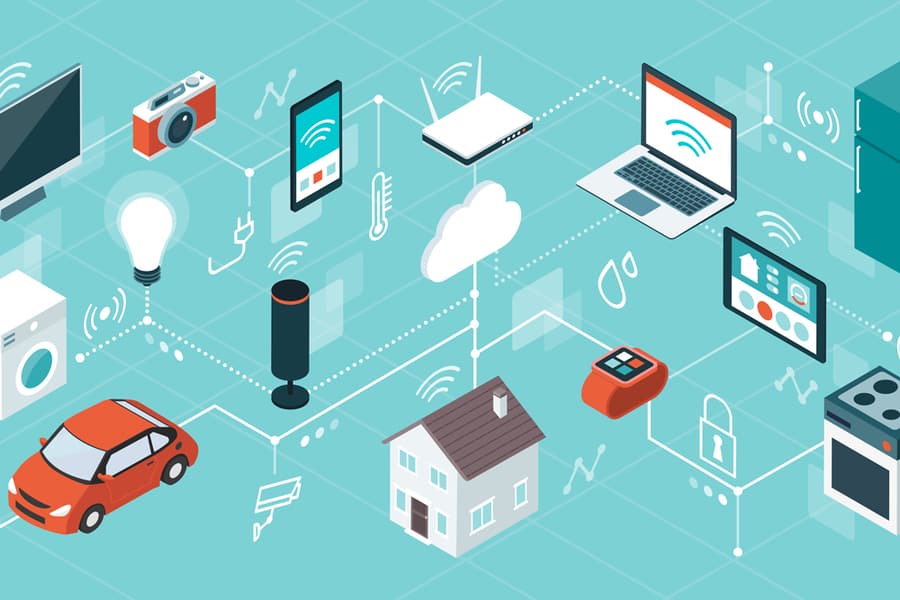
From there, the IoT device will most likely send data to a protocol server in the cloud which will then compile the data collected and send it to the end-user such as a smartphone app or smart home hub. Likewise, users can send commands to IoT devices, controlling them from anywhere in the world providing both the IoT device and controlling device is connected to the internet.
This is how Google Home allows users to turn off a smart light bulb when not at home, and how something like a smart thermostat lets users turn off the heating when not at home. Bringing IoT onto a much bigger scale, it can be fully automated so no control is necessary.
Let’s take a crop field for example. Rather than having sprinkler systems or manual watering taking up resources and possibly over-watering crops, moisture sensors can be planted into the soil to detect when moisture levels fall under a certain threshold, which would then trigger a sprinkler system to bring moisture back to optimal levels.
Why is IoT Important?
The old saying ‘If it isn’t broke, don’t fix it’ is all well and good, but what about advancing the quality of life for people worldwide? Yes, we could water our own plants and spend half an hour vacuuming out homes, but why waste the time when we could automate mundane tasks like this?
IoT is important in the same way moving from horse and carts to automobiles was, it’s yet another revolutionary move for mankind. It’s not just important at a personal level, but it saves a fortune and increases efficiencies for millions of companies worldwide.
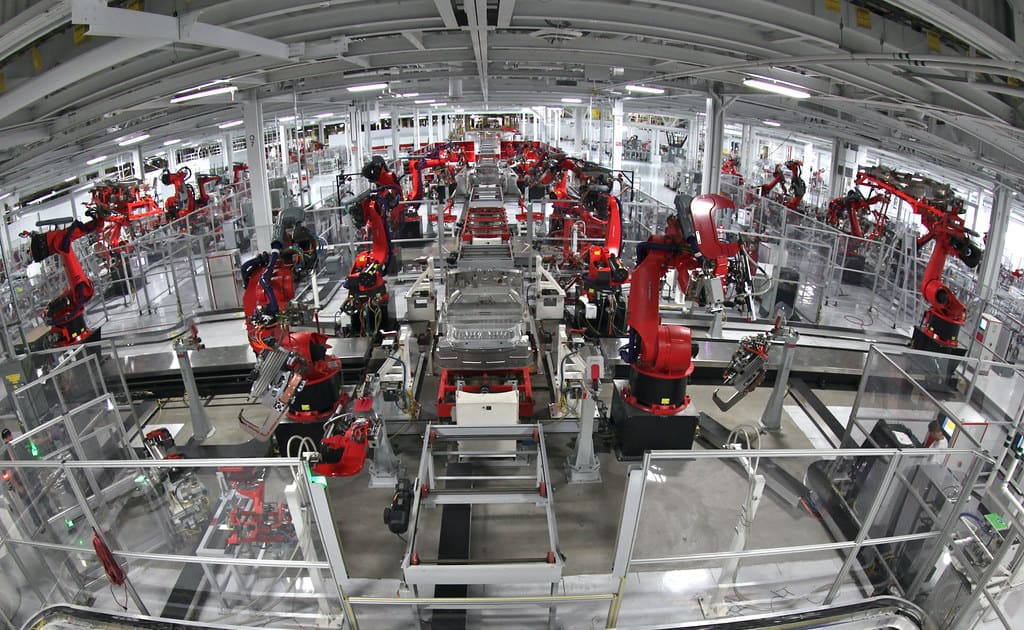
Tesla Model 3 was the best-selling car in Europe as of September 2021, and that’s partly thanks to how efficient Teslas Fremont, California factory is. Thanks to industrial IoT doing most of the heavy lifting with having human hands and eyes putting the finishing touches together, Tesla can take sheets of rolled aluminum alongside other custom car parts in just 48 hours.
“You can see the rolled aluminum in one section of the factory and you can see the cars coming out the other end.” According to Kimbal Musk, Elon musks brother, board member, and co-founder. This is thanks to not just modern engineering and robotics, but a series of connected sensors and other IoT devices working together in sync from pressing sheets of metal into body panels to keeping up a conveyor belt of Tesla Model 3s.
Won’t IoT affect jobs?
It’s understandable why people think that IoT will take low-level jobs off the market, but it’s actually the opposite. Tesla, for example, has their robots doing the same, high-risk work thousands of times a day, something a human can’t possibly do. It’s not so much that IoT is taking away the jobs of humans and automating them, it’s more that IoT allows for more efficient processes and frees people up to concentrate on the work robots can’t do.
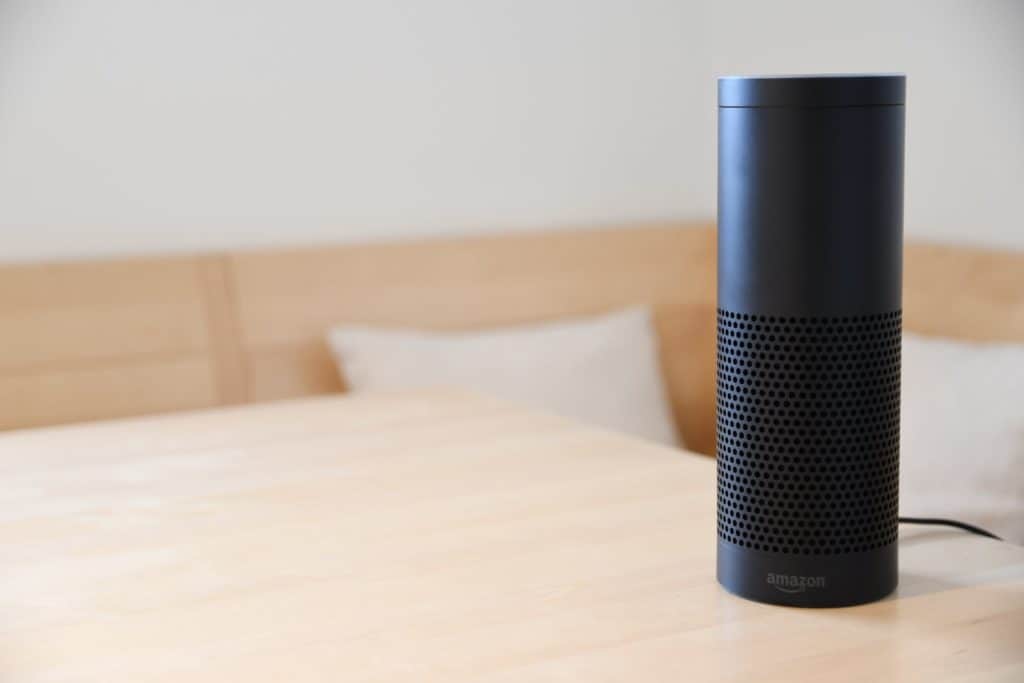
IoT isn’t about replacing anything, it’s about improving the products and services we already have. How many times have we all been buying our weekly big shop to forget what we had in the fridge? Worse still, who’s forgotten their shopping list altogether? Thanks to IoT, there are now smart fridge-freezers that have live video feeds so users can see what they have in stock. Not to mention they can regulate temperature and humidity to accommodate different foods for longer.
The Future of IoT
Last year (2021), there were more than ten billion active IoT devices according to DataProt, with that number looking to more than double to over 25 billion by 2030. This means by 2025 we can expect roughly 152,000 IoT devices connecting to the internet per minute. This means there will be roughly 13 times more IoT devices in 2030 than in 2008, which is an insane amount of growth for a 22-year-old market.
Taking into consideration the last couple of years has hit technology markets hard due to silicon and chip shortages, we’ve still seen considerable growth to around $742 billion in 2020. We can expect this figure to hit anywhere from $4-11 trillion by 2025, an unbelievable but realistic figure.
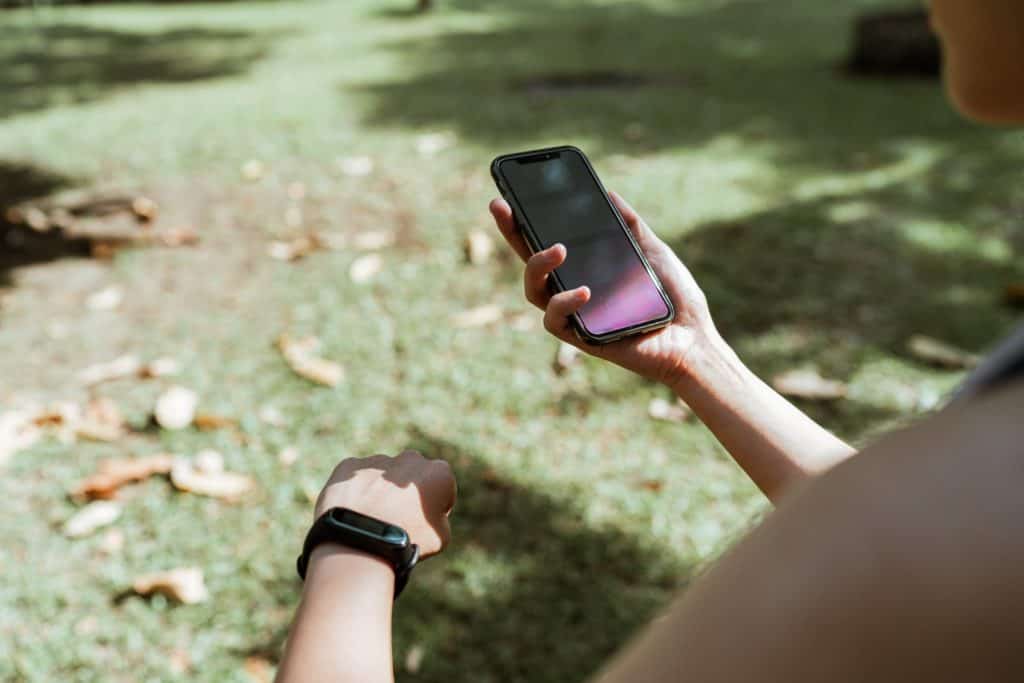
Every second, 127 IoT devices connect to the internet for the first time, another figure set to grow for the foreseeable future. It makes sense for our things to work for us, although storing data can be a bit of a tough subject for many.
Privacy Concerns
Unfortunately, if something is online it’s capable of being breached. The challenge big tech companies need to focus on is consistent firmware updates and ethical hacking that finds security holes in firmware and software so they can be patched up as soon as possible.
For the most part, there’s not much to worry about when it comes to smart home and IoT security. Following sound internet safety advice such as a complex password for logins and WiFi access is a big one, more information on internet safety can be found here.
Thanks for choosing PC Guide for finding out what does IoT mean. Looking for some decent smart home kit? Don’t worry, we’ve scrapped the world wide web for some of the best products over on our Smart Home Hub.

